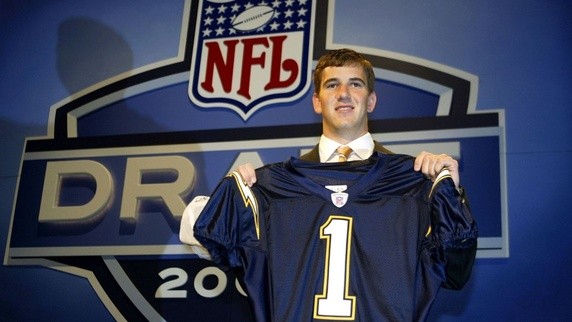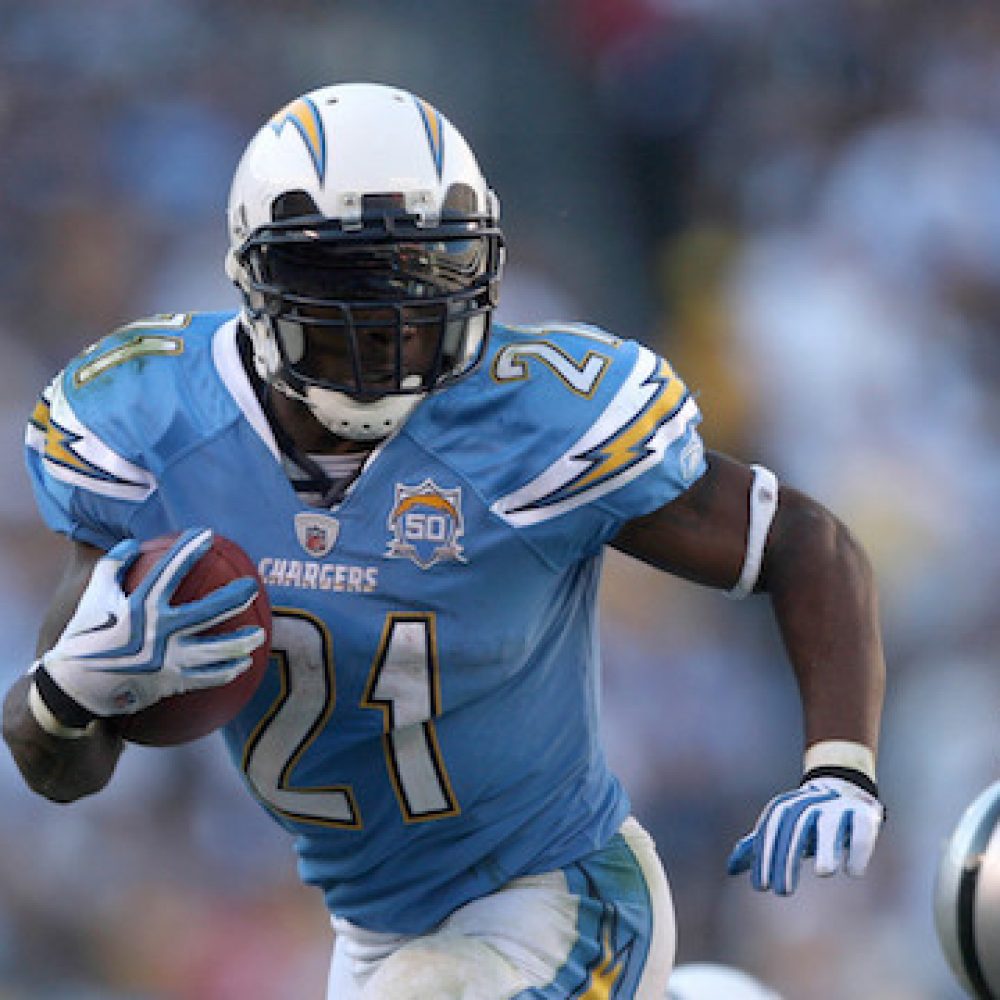San Diego Chargers Retired Numbers
Dan Fouts officiated the tribute to Junior Seau, retiring his iconic jersey number
- San Diego Chargers Retired Numbers
- San Diego Chargers Retired Numbers 2020
- San Diego Chargers Retired Numbers
Alworth's #19 was the second jersey number retired by the San Diego Chargers. If the guy's number is retired by the Chargers, there's no way in hell he's not winning the number here. Despite numbers indicating a lack of Chargers fans in Los Angeles, the Chargers left San Diego two years before the new stadium. Fans were pissed and even threatened to align with the Chargers. The Numbers Game Cigar Thoughts. Former San Diego Chargers and Tampa Bay Buccaneers wide receiver Vincent Jackson was found dead at a hotel. He officially retired in 2018 with 540 receptions.
It started slowly; you could barely separate the sound from all the cheering.

“Seau, Seau, Seau.”
- If the Chargers are really trying to honor their past then they could do that by deciding to retire some jersey numbers of past Chargers legends. Currently, the team has four retired numbers: Lance.
- 17 retired after a symmetrical 17 years in the league. Please include your full name and which San Diego neighborhood or city you live in — and a phone number that we won’t publish but.
The chant built and built until it seemed the whole stadium was taking part. The noise was enough to give you chills.
Local
Junior Seau’s #55 jersey was retired in a pre-game ceremony before the Chargers took on the Titans Sunday.
Chargers’ legendary quarterback Dan Fouts officiated the ceremony. Fouts (14) and Lance Alworth (19) are the only other retired Chargers numbers.
“There is no one more deserving than our friend Junior,” Fouts said.
Fouts presented the retired jersey to Seau’s four children to an erupting crowd.
As highlight after highlight of Seau film played on the Jumbo Tron, there were misty eyes throughout the scorching stadium.
“There is only one Junior Seau,” Fouts said. “And only one 55. And they belong together forever.”
Just when you thought the crowd couldn’t cheer any louder, the 55 banner was unfurled next to Alworth’s.
The noise was deafening.
On a personal note, I grew up watching Seau dominate the field for the Chargers.
He gave the phrase, “take the field by storm,” a new meaning. No one could get the crowded riled up like Seau could. You would start hearing chants of “Say-Ow!”

I never had the chance to personally meet Seau but there are some reputations that are so radiant they expand and grow until that brilliance envelops you so that you feel a part of it.
Seau’s was one of those reputations.
Sunday he was honored as he should: in his beloved city, in front of his home crowd, on the field he owned during his 12 years as a Bolt and by another Chargers’ name that has transcended time.
“His play on the field combined with his leadership and charisma became the face of this team for more than a decade,” Chargers’ President Dean Spanos said in an interview with Chargers’ public relations assistant Scott Yoffe. “I can’t think of anyone more deserving of this honor.”
The Chargers began play in 1960, when they were established as charter members of the American Football League. Ten years later, the rival league merged with the established NFL.
That means the 2019 season will be the 60th in Chargers history and the 50th NFL campaign for the club. Additionally, this season is the 100th in NFL history.
To commemorate those milestones, Chargers Wire ranks the 100 greatest Chargers of all time:
At 5-foot-8 and 204 pounds, Danny Woodhead was deceptively effective as a receiver out of the backfield and fearless enough to run between the tackles on occasion. Injuries limited him to 37 games in four seasons with the Chargers, but he amassed 167 receptions for 1,429 yards and 13 touchdown catches, plus 919 rushing yards and five rushing touchdowns.

Despite playing for the Chargers at a time when the team had uncertainty and upheaval at the quarterback position, Jones proved to be a skilled receiver with soft hands who could move the chains. Drafted in the second round out of North Carolina, he would rack up 260 receptions for 2,931 yards and 16 touchdowns in 75 games with San Diego. His best season came in 2000 when he amassed 71 receptions for 766 yards and five touchdowns.
Post was selected in the fourth round of the first common draft between the AFL and NFL out of the University of Houston. He led the Chargers in rushing yards three consecutive seasons to begin his pro career, including 873 yards in 1969 — a mark which led the AFL in its final season. During Post’s four years with the Bolts, Post was a two-time AFL All-Star.
San Diego Chargers Retired Numbers
Binn played 17 seasons for the Chargers and appeared in Super Bowl XXIX as a rookie. The longtime long snapper played more seasons and games — 256 in the regular season, plus 12 postseason — than anyone in franchise history. He earned Pro Bowl recognition in the 2006 season.
Anderson signed with the Chargers in 1985 after starting his pro career in the United States Football League. Known for his memorable leaping touchdown in the 1986 season opener, he was a special teams standout who also shared tailback duties. He emerged as the team’s primary running back in 1988, rushing for 1,119 yards on 225 carries. During that year, the Arkansas product had a 217-yard game against the Chiefs, which remains the highest single-game total by a Charger not named LaDainian Tomlinson. Anderson compiled 5,672 all-purpose yards in four seasons with San Diego and earned a Pro Bowl selection in the 1986 season.
Osgood was regarded as one of the NFL’s top special teams players during his seven seasons with the Chargers. His career totals include 97 tackles on special teams, along with 33 receptions for 647 yards (19.6 yards-per-catch average) and four touchdown catches. The San Diego State alum was named to the Pro Bowl in the 2006, 2007 and 2009 seasons.
Brooks, the Chargers’ first-round draft pick in 1981, led the NFL in all-purpose yards in 1981 and 1982. But the 5-foot-10, 180-pounder from Auburn wanted to play a bigger role offensively and was traded to the Bengals in 1984 for Pete Johnson, a disgruntled 6-0, 252-pound tailback. Brooks went on to earn four Pro Bowl selections in Cincinnati. Johnson, who had served a suspension for cocaine use in 1983, would play just three games for the Chargers.

/cdn.vox-cdn.com/uploads/chorus_asset/file/22305775/458337936.jpg)
Lee was a mainstay on the defensive line during most of his six seasons with the Chargers. During his time in San Diego, Lee totaled 181 tackles, 22 sacks and four fumble recoveries in 87 games. He played in all but two games in his final five seasons with the Bolts. Lee died in 2011 at age 44 of cardiac arrest, caused by double pneumonia.
San Diego Chargers Retired Numbers 2020
“Little Train” was a multidimensional talent drafted in the fifth round out of Auburn in 1984. At 5-foot-6 and 171 pounds, James was a weapon on special teams in addition to a running and receiving threat on offense. James posted his best season in 1985, setting the NFL record for all-purpose yards in a single season with 2,535 — a mark that stood until 2000 and still ranks fourth in league history. He also caught 86 passes that year for 1,027 yards. In five seasons with the Chargers, James totaled 6,619 all-purpose yards.
Martin was a speedy deep threat that helped stretch opposing defenses in the 1990s. In four years with the club, Martin caught 288 passes for 4,184 yards and 33 touchdowns. In 1996, he led the NFL with 14 touchdowns and earned a Pro Bowl invitation. His 43-yard touchdown catch in the 1994 AFC Championship Game was the decisive score in the Chargers’ upset win at Pittsburgh.
San Diego Chargers Retired Numbers
100-91 / 90-81 / 80-71 / 70-61 / 60-51
50-41 / 40-31 / 30-21 / 20-11 / 10-1 / TOP



